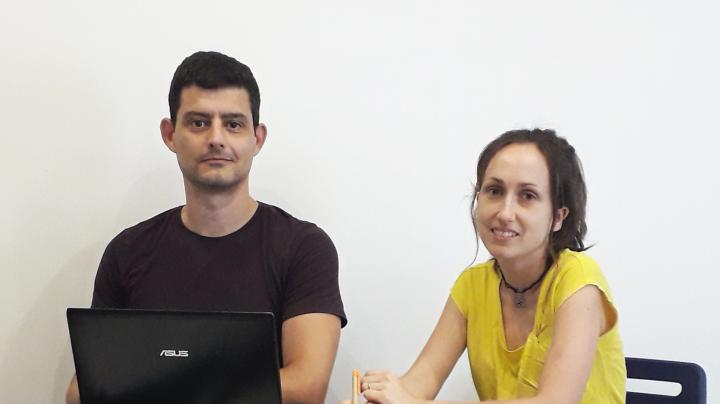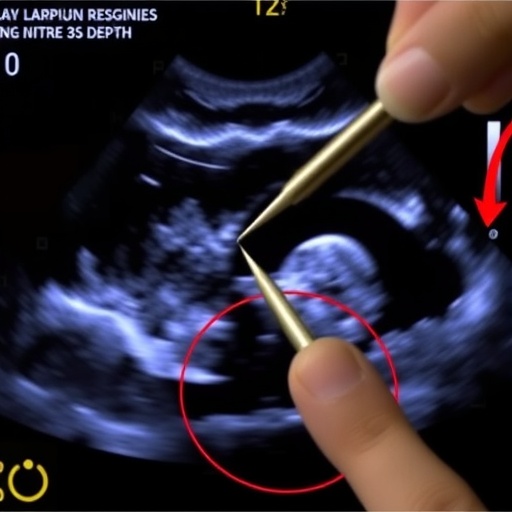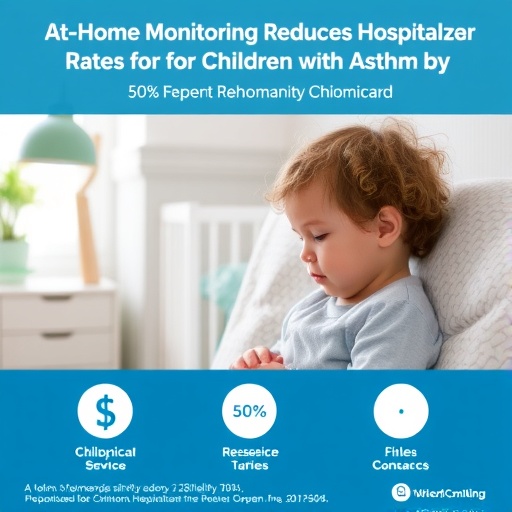
Credit: Bellvitge Biomedical Research Institute (IDIBELL)
Creutzfeldt-Jakob disease (CJD) is a serious minority neurodegenerative disease, with an annual rate of 1.5 cases per million inhabitants, which represents approximately 11 cases each year in Catalonia. CJD is a very rapid and fatal disease, in fact, the mean life expectancy is six months after diagnosis. The characteristic symptoms are dementia and the rapid and progressive loss of motor and mental abilities. A team from the Bellvitge Biomedical Research Institute (IDIBELL) and CIBERNED, together with two German research groups from the University of Göttingen and the University of Münster (WWU), have just designed a very user-friendly model that will allow determining the life expectancy of CJD patients at the diagnosis moment.
The model, presented in an article in the Alzheimer’s and Dementia journal, has been created based on four basic parameters that all doctors have at the time of CJD diagnosis: age, sex, variant of the prion protein gene (PRNP) and the concentration of the tau protein in the cerebrospinal fluid. In CJD patients, the PRNP gene is frequently sequenced to determine if the origin of the disease is genetic or sporadic, so it is easy to know which of the three possible variants of this gene is present. On the other hand, the concentration of tau in the cerebrospinal fluid is an indicator of neuronal damage, frequently measured in the diagnosis of neurodegenerative diseases.
The team, in which Dr. Franc Llorens, principal investigator of the IDIBELL Neuropathology group and CIBERNED has participated, has designed six tables that combine the four basic parameters and allows the extrapolation of patients’ life expectancy. “This is the first model for the prognosis of patients with CJD,” says Dr. Llorens, and adds, “it is a user-friendly tool that does not require prior knowledge of statistics, epidemiology or the disease itself.” The researchers are satisfied with the forecast accuracy of this new model, they consider it “a good starting point to optimizing with new factors that may be interesting in the future,” says Dr. Nicole Rübsamen of the University of Münster.
Why knowing life expectancy is so important?
For family conciliation, knowing the life expectancy of a patient helps the family and the patient himself to prepare for the final moment, also allows palliative care and therapeutic support to be adapted, and thus improve the quality of life. But also, knowing this information is useful for the efficacy studies of new treatments for the disease. If we do not know what the initial life expectancy was, we cannot determine if a specific treatment has brought him a benefit, and therefore, the lengthening of life expectancy.
In neurodegenerative diseases, especially those with rapid progression, one of the best ways to know if a treatment works is to determine if it lengthens life expectancy. This can only be determined if we can predict the initial life expectancy, before treatment, and compare it with that obtained after treatment. These are much more reliable and objective data than neuropsychological analyzes, where there are always subjective components, and in many cases, they cannot be performed in these patients.
The largest cohort in the world
This study shows results from the world’s largest cohort of CJD patients, over 1,200 cases. This is a rare disease, with a very low prevalence, that is why it took to the National Reference Center in Germany 25 years, from 1993 to 2017, to gather enough data to do a study.
###
Media Contact
Carla Serra-Peinado
[email protected]
Original Source
https:/
Related Journal Article
http://dx.





